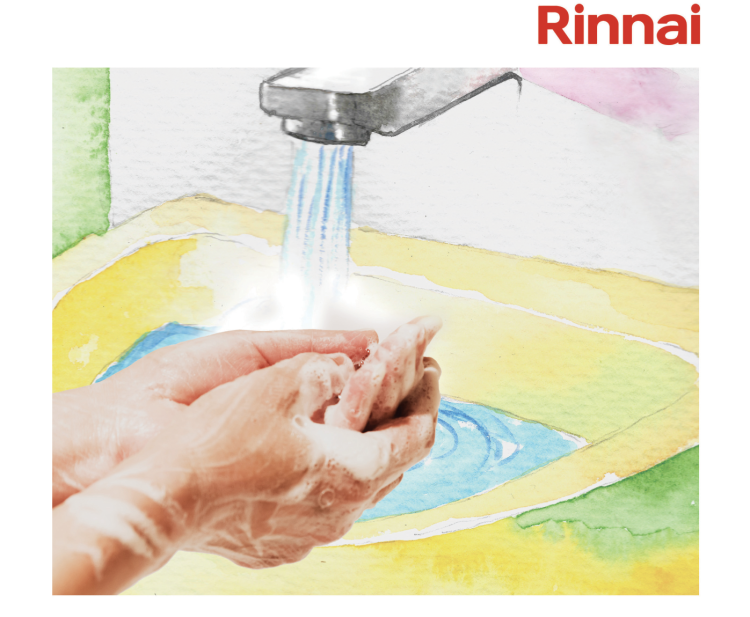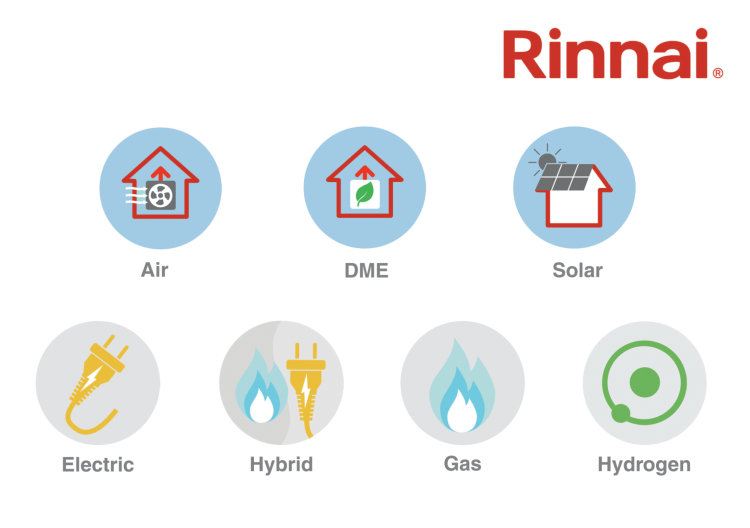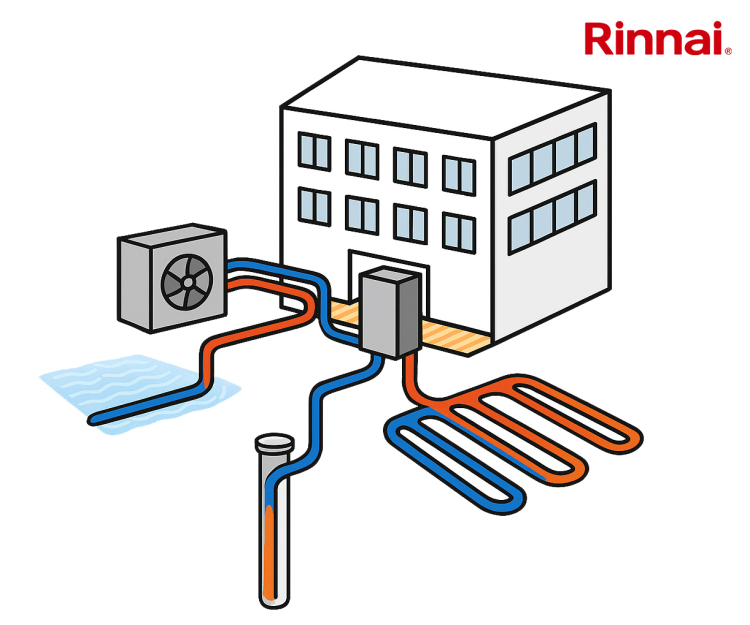12 December 2022
Ulla Riber, Head of Group Workplace Management at ISS, looks at energy management in workspaces through the lens of employee morale and wellbeing.
Ulla is supporting ISS’s customers around the world in creating future-proof workplaces and great workplace experiences. Ulla has for many years translated mega trends and corporate strategies into working environments and workplace designs that strengthen employee attraction, productivity and wellbeing in an environment that fosters collaboration and innovation. She has been with ISS for six years.
.PNG)
Picture: a photograph of Ulla. Image Credit: ISS
Saving Energy and Supporting Employee Wellbeing
As the temperature outside is getting colder, the real and present need to keep organisational operating costs lean, especially within energy, is forefront in the minds of facilities and operations professionals. Conversations about how to achieve these cost savings are not new, as we find ourselves at this juncture between COVID recovery and the current energy crisis and inflation.
However, we know from conversations with our more than 40,000 customers across 30 countries worldwide that talent attraction and retention are a key concern and priority. Many businesses are still struggling to get their employees back to the offices with a higher regularity. The key challenge is to find the right balance between offering employees hybrid and flexible ways of working while securing company culture and the ‘sense of belonging’ through the physical workplace and social interactions.
"All in all, savings are not necessarily equal to reduced workplace experiences. We will just need to think smarter and always include the employees on the journey."
This means that the employee workplace journey – the entire experience from entering the workplace to leaving it again - must not be affected by office cost savings.
Here are ten ways to implement energy savings at various touchpoints in this employee journey while at the same time enhancing sustainable behaviours and reinforcing employee wellbeing.
1. Workplace Touchpoint: Entering The Building
Employees may not be aware of the reasons why the temperature of ventilation systems cannot be changed on demand. As these systems are designed to condition large spaces and are therefore not as flexible as domestic systems which can react quickly when heat is turned up or down, staff should be encouraged to bring in extra layers. This ask can be accompanied with context on how systems work. Blankets and cushions on office chairs, featuring brand logos and colours, can present a low-cost alternative to turning up the heat or air conditioning.
2. Workplace Touchpoint: Using On-Site Gyms and Showers
Whenever possible, turn the hot water down to 60° or below to reduce energy consumption. This measure can be used alongside a timer system for showerheads, and lower water pressure in these specialist spaces as well as at all sinks.
3. Workplace Touchpoint: The Desk
Natural light offers many proven mental and physical benefits, such as helping to regulate sleep patterns and acting as a source of essential vitamin D when it’s sunny. It is a natural mood booster, which can go on to improve retention and productivity and can reduce eye strain. The business benefit is obvious - making the best use of natural light will cut down on electricity bills and can be maximised by simply rearranging partitions and cubicle walls and driving activity towards the best-lit areas of the building.
4. Workplace Touchpoint: Preparing Lunch
Commercial kitchens use, on average, 2.5 times more energy per square metre than other commercial spaces. Appointing an "energy champion" within catering teams will ensure that the responsibility for monitoring energy consumption during prep, service and clean-up, will be assigned to one person rather than potentially being missed.
5. Workplace Touchpoint: Taking Breaks
Kitchens, canteens and refreshment stations house multiple energy-intensive appliances including water filters, boiling water taps, kettles, coffee makers, microwaves and of course, many more. Ensure these appliances have a schedule and sleep modes enabled, to cut down on costs without minimising the employee experience.
6. Workplace Touchpoint: Cleaning and Packing Away
Cleaning and kitchen crews can adopt default energy-use guidelines, such as controlling the use of dishwashers and their settings. When economy or shorter dishwasher programmes without pre-rinse options are used, the appliance will run for less time and use less energy to heat water, by opting for less intensive settings.
7. Workplace Touchpoint: Moving From Room to Room for In-Person Meetings
Open doors and curtains are responsible for significant heat loss within rooms and enclosed spaces. Close doors and curtains when spaces are not in use, taking care to check for any large gaps underneath doors or spaces in skirting boards or around external-facing pipes that can be filled, and report these to relevant teams.
8. Workplace Touchpoint: Collaborating
Having a huge video wall or several monitors in your conference room looks impressive and can aid collaboration with colleagues in other locations. At the same time, visual aids and always-on screensavers are not always necessary or noticed, particularly during internal meetings and presentations.
9. Workplace Touchpoint: The End of the Working Day
The ritual of powering down computers and their components, including standalone monitors, once work is finished, can be embedded throughout teams using visible checklists. These lists will be different for different teams, depending on levels of responsibility for facilities.
10. Workplace Touchpoint: Working Late
Review and challenge any site that operates 24/7, just in case staff want to come in early or stay late to finish projects. If this type of work happens infrequently, narrowing the window of access and communicating this clearly to staff can produce both energy and people costs, eliminating the need to employ security and support staff around the clock.
Weaving these measures into already-familiar rituals in the workspace can make them easier and quicker for all employees to adopt. In addition, encouraging and reinforcing these behaviours is important after they’ve been announced, as it can help organisations to see impactful cost savings over time.
All in all, savings are not necessarily equal to reduced workplace experiences. We will just need to think smarter and always include the employees on the journey.
Picture: a photograph of two people, one is holding a mug, and the other is using a coffee cafetiere to pour into a mug that they are holding. Image Credit: Unsplash
Article written by Ulla Riber | Published 12 December 2022
Share
Related Articles
EcoSync Close to £1m Funding Target for Commercial Building Energy Solution
A tech start-up that provides room-by-room energy management solutions for commercial buildings has raised close to £1 million in its second seed funding...
Read Full Article
8 Key Metrics to Claim ISO 50001 Accreditation
By claiming the ISO 50001 accreditation, businesses can demonstrate their commitment to ESG standards and take steps towards better energy efficiency.
Research by...
Read Full Article
West Berkshire and Reading Borough Councils Pilot Smart Energy Systems
A pilot project to create a smart energy system in Thames Valley has successfully connected four of West Berkshire Council’s sites to the growing network.
The...
Read Full Article
Spotlight Interview – UK Energy Management
It may sound like a simple task, however with complex contracts and billing for energy supplies, and an ever-changing legislative environment for the industry,...
Read Full Article
ISS Wins FM and Capital Projects Contract With Foreign, Commonwealth & Development Office
In 2026, ISS will embark on a five-year contract with the Foreign, Commonwealth & Development Office.
ISS will deliver soft facilities management services across...
Read Full Article
ISS Launches Low-Carbon Primary School Meals
Almost 200 primary schools in the UK will serve low-carbon meals to their students from November 2025.
After launching low-carbon meals in secondary schools in 2024,...
Read Full Article
Liberty Hygiene First Independent Washroom Provider on ISS Preferred Supplier Platform
Liberty Hygiene Services has officially become a Preferred Supplier on the ISS procurement platform, marking the first time an independent workplace hygiene provider has...
Read Full Article
AJ Products Launches University Scholarship for Workplace Wellbeing Innovation
A new £1,000 university scholarship is challenging UK students to propose innovative solutions that enhance employee wellbeing through physical work...
Read Full Article
ISS Wins Facilities Services Contract With Velux
ISS has signed a five-year integrated facility services deal with roof window manufacturer Velux.
The partnership will span sites in 12 countries in Northern and...
Read Full Article
Hospice Facilities Manager Wins ISS Global Apple Award
Michelle Quinn, Facilities Support Manager at St Francis Hospice in Dublin, has won the ISS Global Apple Award, the highest individual award available to ISS employees...
Read Full Article

.gif)
.gif)


.gif)


.PNG)




.png)

